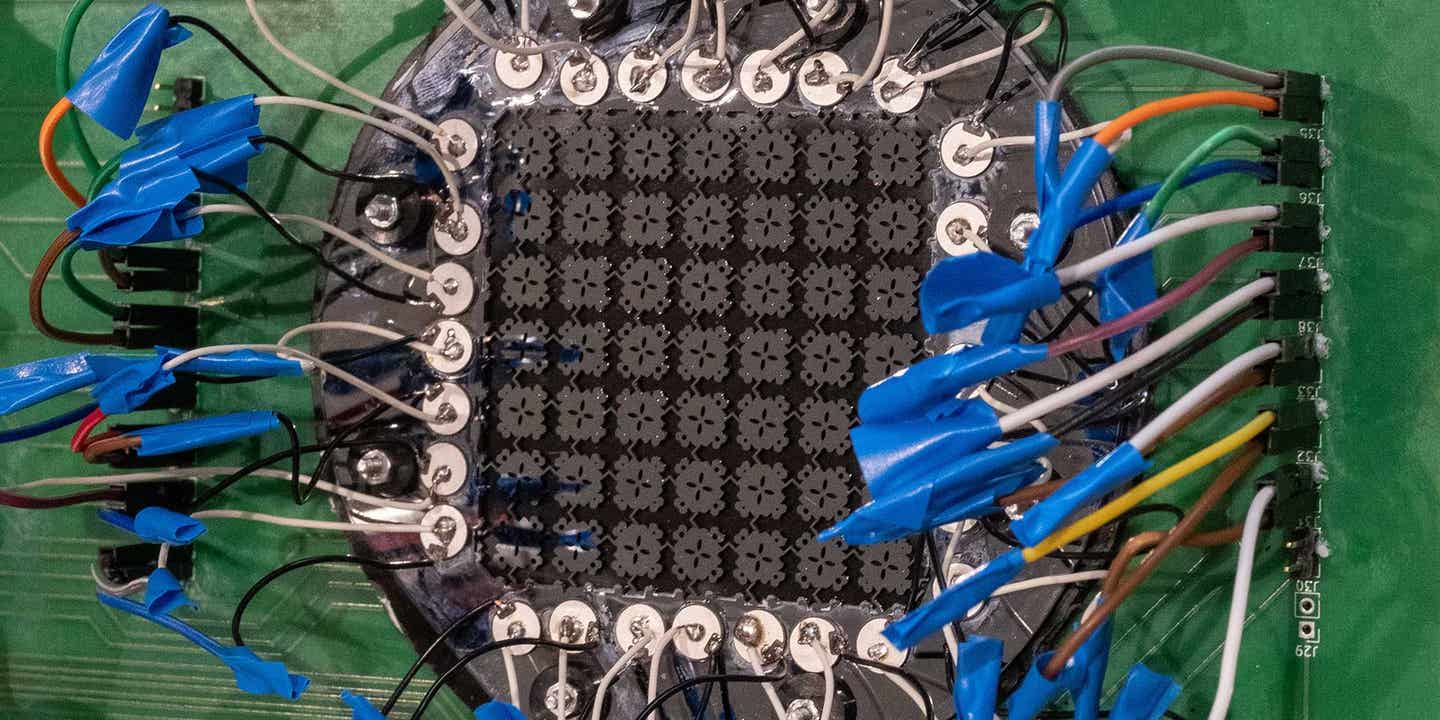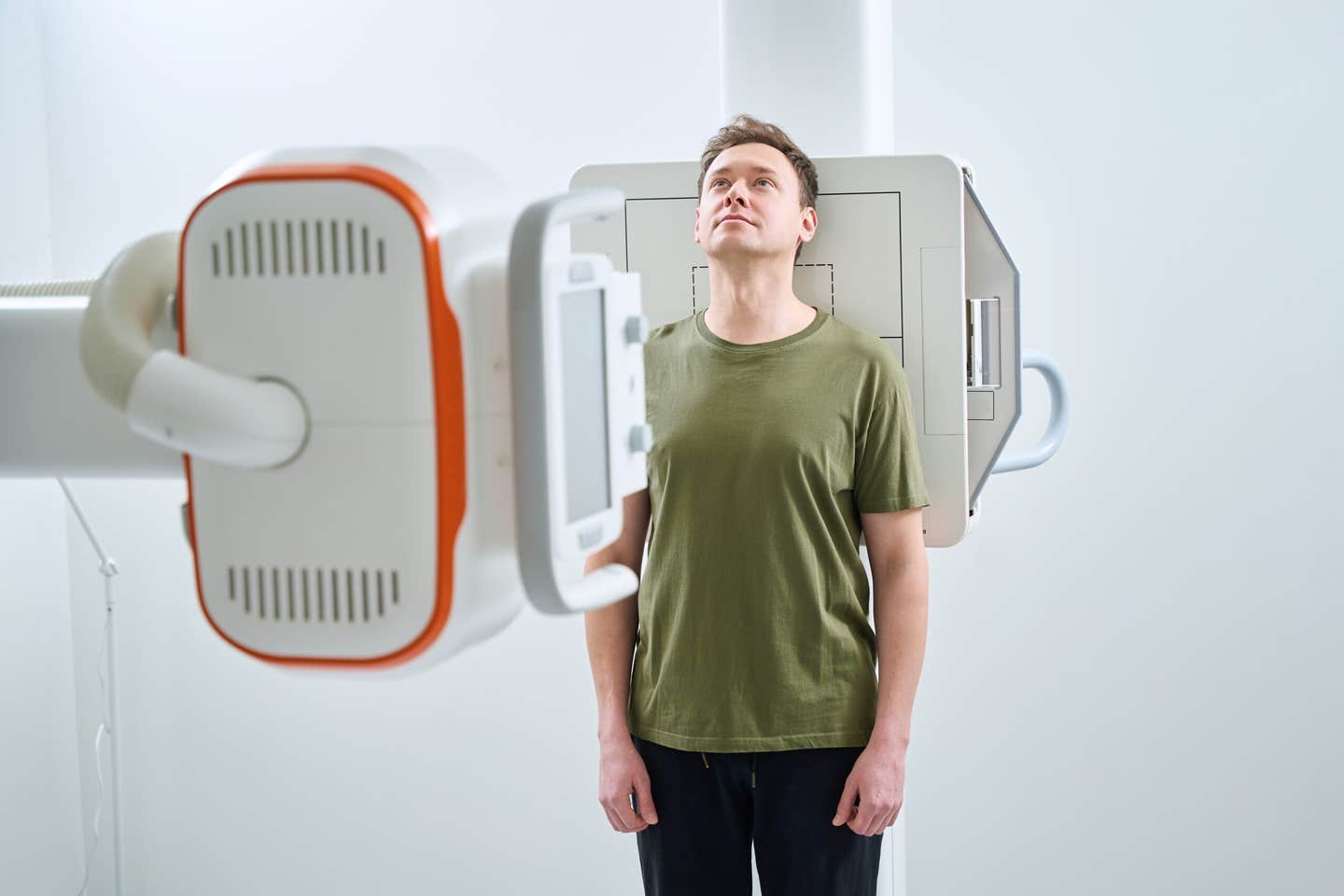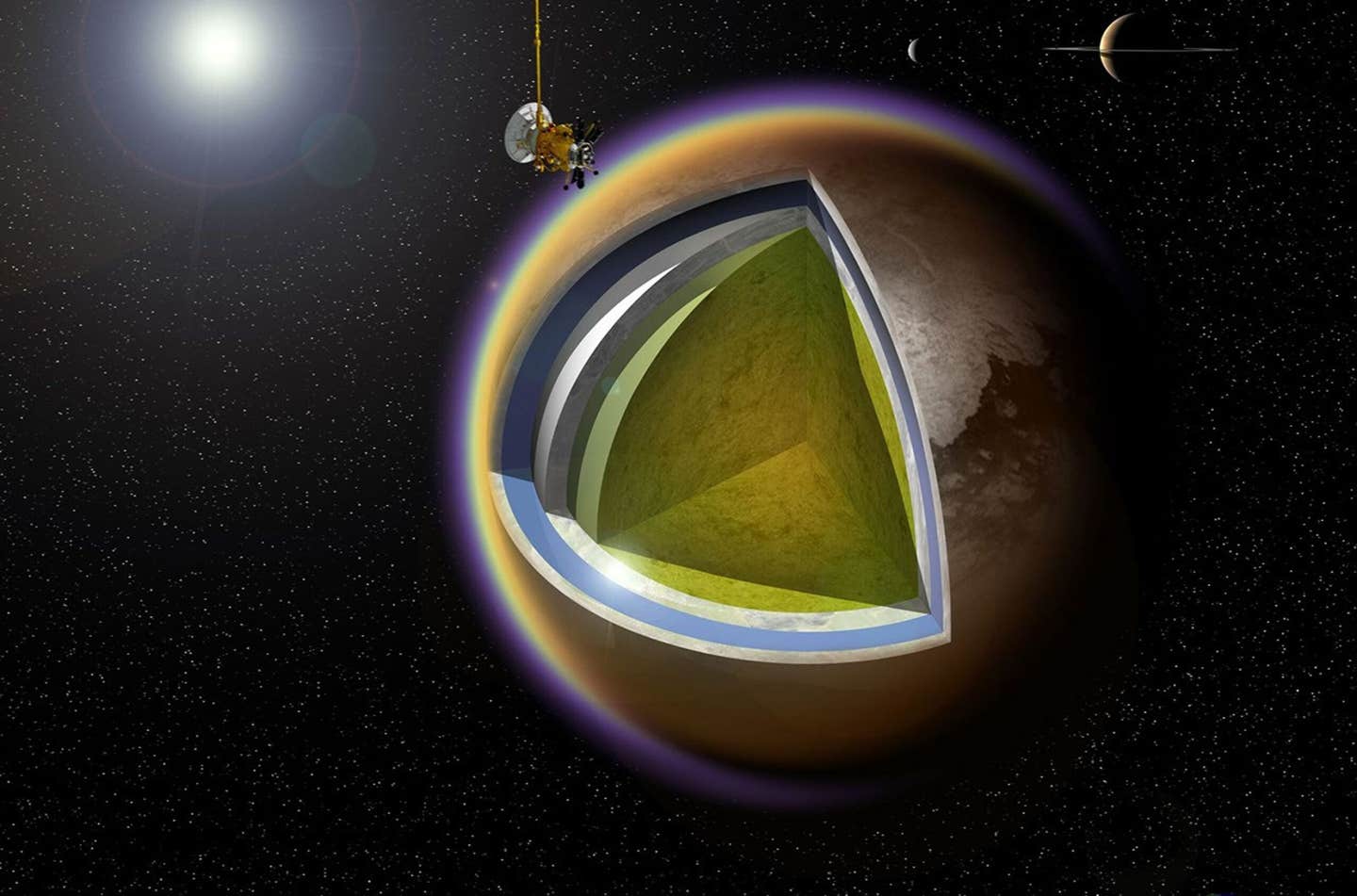Sound-powered sensors could eliminate the need for millions of batteries
Scientists developed a mechanical sensor that harnesses vibrational energy from sound waves, eliminating the need for external power sources

Researchers developed a prototype mechanical sensor that harnesses vibrational energy from sound waves, eliminating the need for external power sources. (CREDIT: Astrid Robertsson / ETH Zurich)
Sensors are everywhere in modern life, from monitoring the structural integrity of bridges to powering medical devices like cochlear implants. However, their reliance on batteries poses a significant waste problem.
According to a study by the EU, by 2025, an estimated 78 million batteries will be discarded daily. In response to this issue, researchers led by Marc Serra-Garcia and ETH Zurich geophysics professor Johan Robertsson have developed a groundbreaking solution: a mechanical sensor that harnesses vibrational energy from sound waves, eliminating the need for external power sources.
"The sensor works purely mechanically and doesn’t require an external energy source. It simply utilizes the vibrational energy contained in sound waves," explains Robertsson.
This innovation could revolutionize various industries, from infrastructure monitoring to medical device technology. Recently detailed in the journal Advanced Functional Materials, the sensor operates by detecting specific sound waves, such as particular words or tones, which cause it to vibrate. This vibration generates a small electrical pulse, effectively powering on associated electronic devices.
Related Stories:
The prototype, developed at the Switzerland Innovation Park Zurich in Dübendorf, has already been patented. It can distinguish between spoken words like "three" and "four," with "four" generating more sound energy and thus activating the sensor.
Future iterations aim to recognize up to twelve different words, facilitating applications in machine commands and beyond.
One of the sensor's remarkable features is its composition as a metamaterial, where its unique properties stem from structure rather than material. "Our sensor consists purely of silicone and contains neither toxic heavy metals nor any rare earths, as conventional electronic sensors do," highlights Serra-Garcia. Comprising interconnected plates and springs, the sensor's design enables it to respond selectively to specific sound sources.
Newer models of the sensor are highly miniaturised and fit on a fingertip. (CREDIT: Marc Serra-Garcia / Amolf)
The potential applications for these battery-free sensors are vast. In infrastructure monitoring, they could detect structural flaws in buildings or bridges by recognizing characteristic sound or wave patterns. Similarly, in the oil industry, they could identify leaks in decommissioned wells by detecting escaping gases, offering a cost-effective and low-maintenance solution.
Moreover, these sensors hold promise for medical devices, such as cochlear implants, which require continuous power for signal processing. The current reliance on batteries necessitates frequent replacements, posing challenges for users. However, with the integration of battery-free sensors, devices could operate efficiently without the need for frequent maintenance.


(Left) High miniaturization: 100 sound-sensitive elements fit into just 1x1 mm. (Right) Enlarged section of the newer design of the sound-sensitive sensor: The individual elements are only a few micrometers in size. (CREDIT: Marc Serra-Garcia / Amolf)
"In addition to medical devices, there's significant interest in zero-energy sensors across various industries," notes Serra-Garcia, who now works at AMOLF, a research institute in the Netherlands. He and his team are dedicated to further refining the technology, with plans to unveil a solid prototype by 2027. If commercial interest remains low, they are prepared to establish their startup to bring this innovative solution to market.
From infrastructure monitoring to medical device technology, these sensors have the potential to reduce waste, lower maintenance costs, and improve efficiency across various industries. With ongoing research and development efforts, the future of sensor technology looks promising, driven by innovations that prioritize sustainability and efficiency.
For more science news stories check out our New Innovations section at The Brighter Side of News.
Note: Materials provided above by The Brighter Side of News. Content may be edited for style and length.
Like these kind of feel good stories? Get the Brighter Side of News' newsletter.



